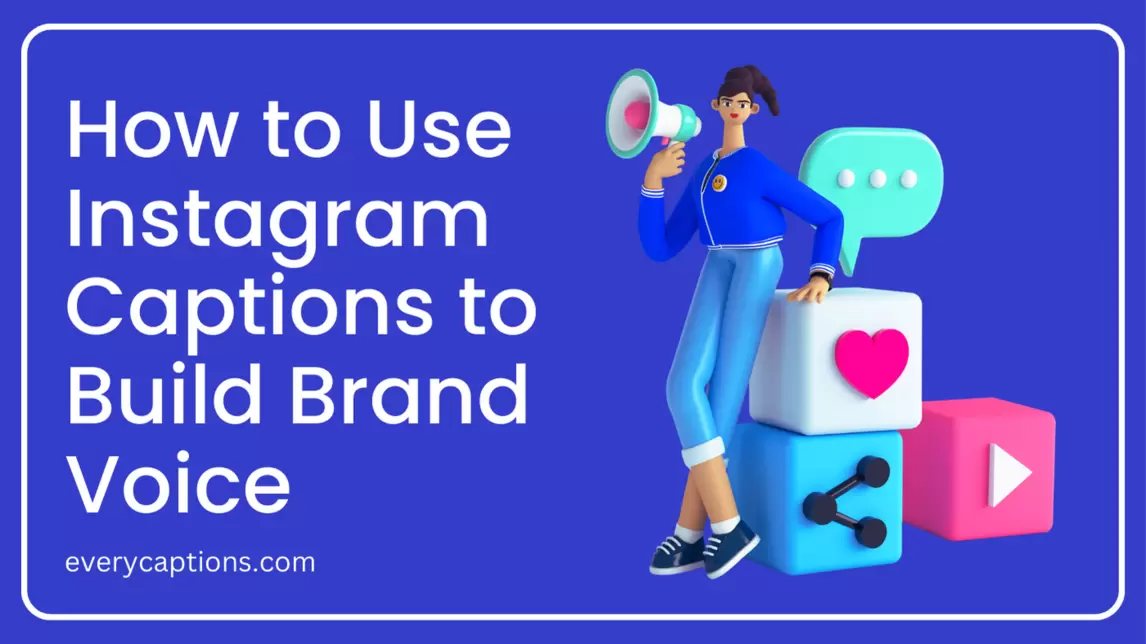I Have a Dream speech by Martin Luther King Jr (2023)
On August 28, 1963, in front of a crowd of 250,000 people, Dr. Martin Luther King Jr. delivered one of the most famous speeches in American history – the “I Have a Dream” speech.
This speech is considered a landmark moment in the civil rights movement, and its themes and messages continue to resonate with people today.
In this blog post, we will delve into the historical context and significance of the speech, analyze its structure and rhetoric, and explore its ongoing impact on American society.
Historical Context
To understand the significance of Dr. King’s “I Have a Dream” speech, it is important to first examine the historical context in which it was delivered.
In the early 1960s, the civil rights movement was gaining momentum across the United States, with protests and demonstrations taking place in many cities.
Dr. King, as the leader of the Southern Christian Leadership Conference (SCLC), was at the forefront of this movement, advocating for equal rights for African Americans through nonviolent means.
In 1963, the civil rights movement reached a critical juncture. In Birmingham, Alabama, Dr. King and other activists organized a series of protests and boycotts to challenge the city’s segregation laws.
The protests were met with violent resistance from the police, and many participants were arrested and jailed. It was during this time that Dr. King was arrested and placed in solitary confinement.
While in jail, Dr. King wrote a letter to a group of clergymen who had criticized the protests, defending his tactics and calling for a moral revolution to end racial injustice.
The letter, which became known as the “Letter from Birmingham Jail,” helped to galvanize the civil rights movement and bring attention to the cause.
Against this backdrop, the March on Washington for Jobs and Freedom was organized for August 28, 1963.
The goal of the march was to call attention to the urgent need for civil rights legislation, and to pressure the government to take action.
It was at this march that Dr. King delivered his “I Have a Dream” speech, which would go on to become one of the most famous speeches in American history.
Structure and Rhetoric
The “I Have a Dream” speech is a masterful example of persuasive rhetoric. Dr. King uses a variety of rhetorical devices and techniques to effectively communicate his message and inspire his audience.
Let’s examine some of these elements in more detail:
Repetition:
Dr. King repeats certain phrases and ideas throughout the speech to emphasize their importance and create a sense of unity and momentum.
For example, he repeats the phrase “I have a dream” eight times, each time building on the previous iteration and painting a vivid picture of a future in which all people are equal.
Metaphors and imagery:
Dr. King uses powerful metaphors and imagery to convey his message. For example, he describes segregation as a “dark and desolate valley” and freedom as a “sunlit path.” These vivid images help to create a sense of hope and possibility.
Allusion:
Dr. King alludes to a variety of historical events and cultural touchstones to create a sense of shared experience and common purpose.
For example, he references the Emancipation Proclamation, the Declaration of Independence, and the Bible to illustrate his points.
Call to action:
Throughout the speech, Dr. King urges his audience to take action and work towards a better future. He says, “We cannot be satisfied as long as the Negro is the victim of the unspeakable horrors of police brutality” and “Now is the time to make real the promises of democracy.”

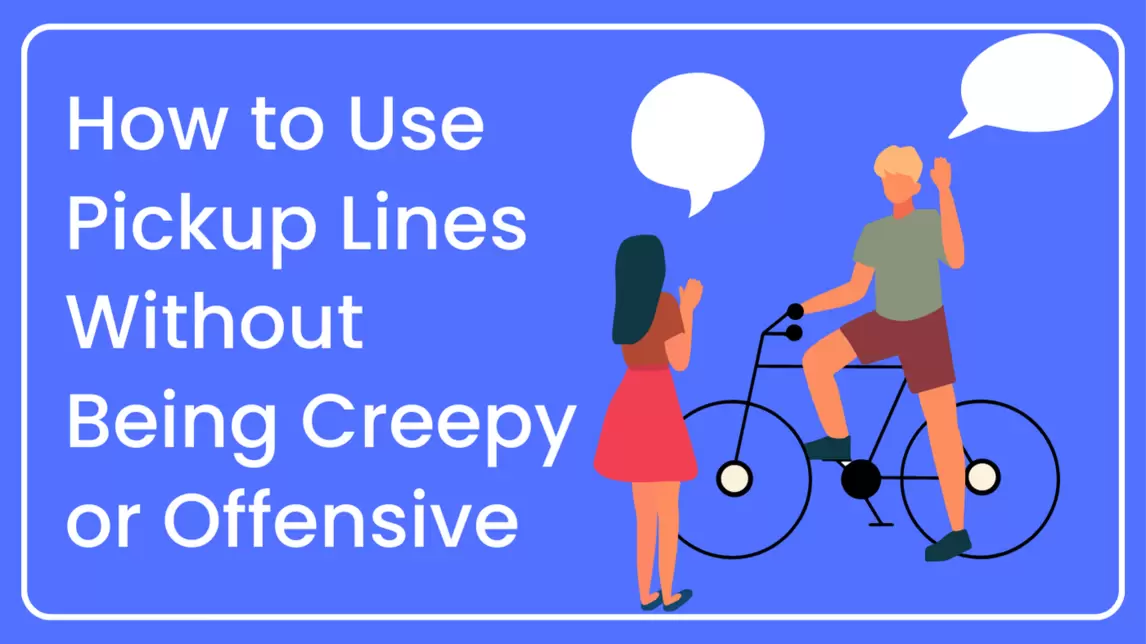
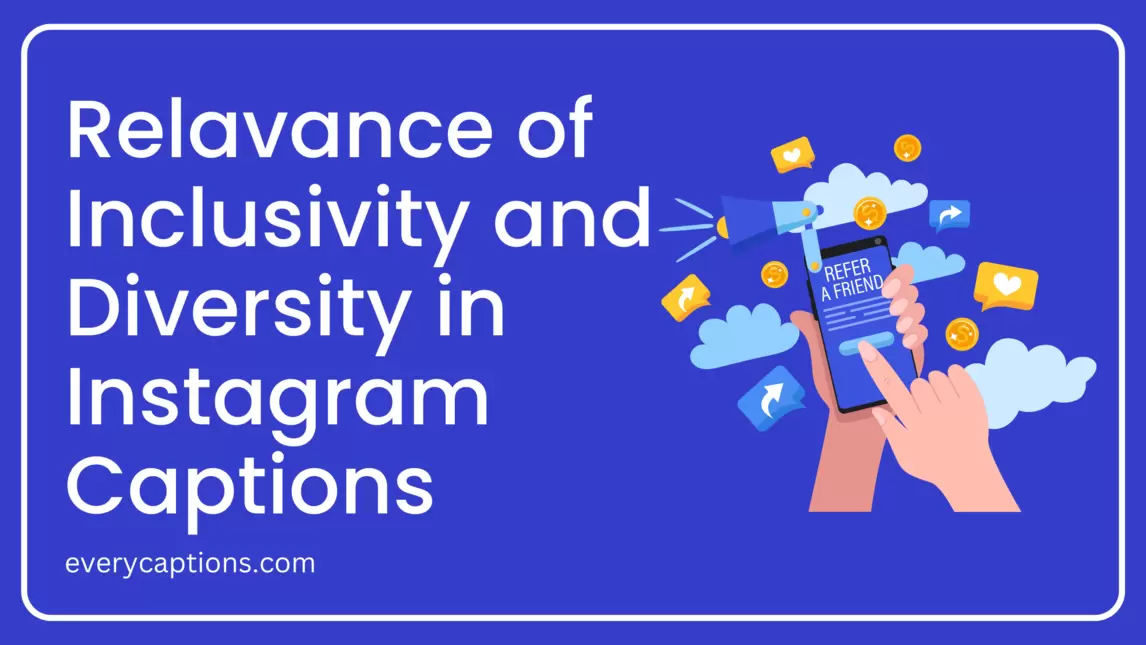

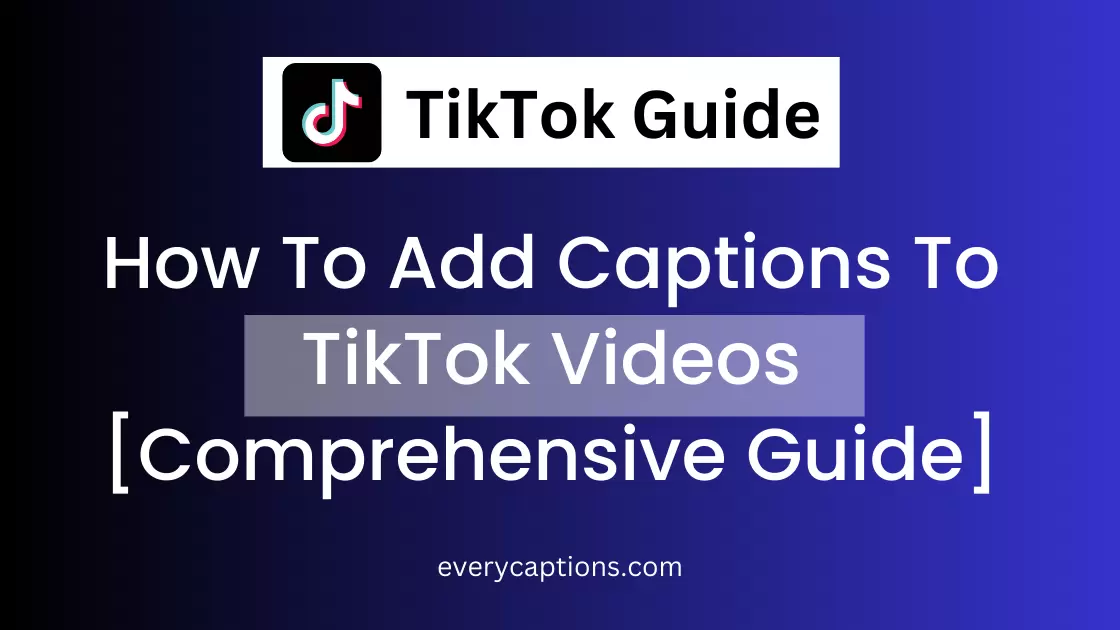
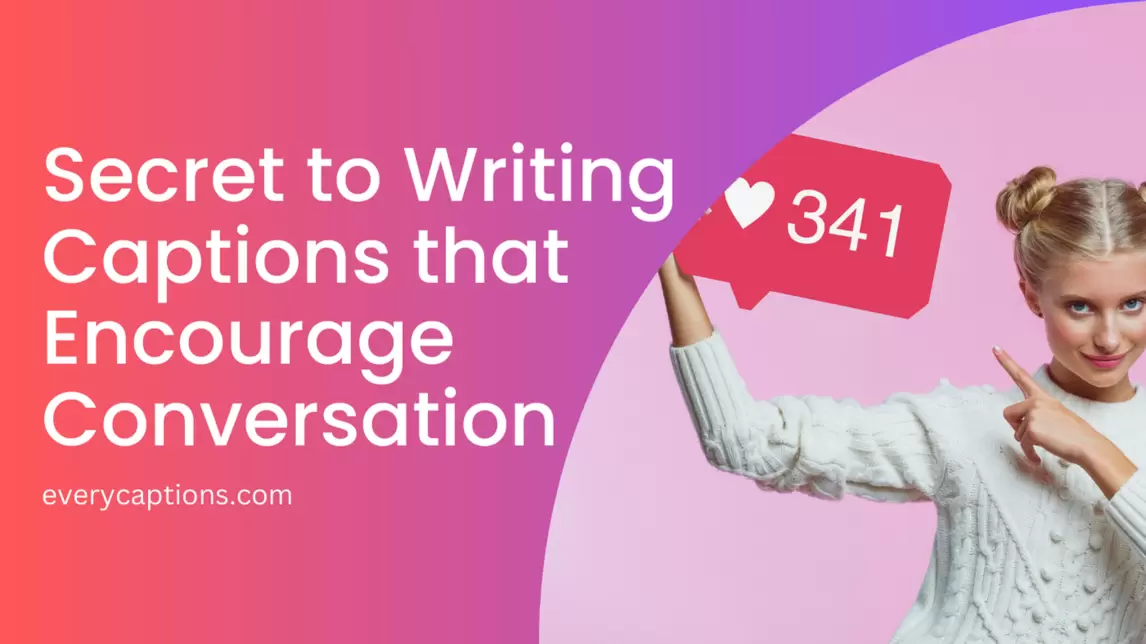

![How To Add Captions To YouTube Shorts [Comprehensive Guide]](https://everycaptions.com/wp-content/uploads/2023/04/How-To-Add-Captions-To-YouTube-Shorts-Comprehensive-Guide.webp)
